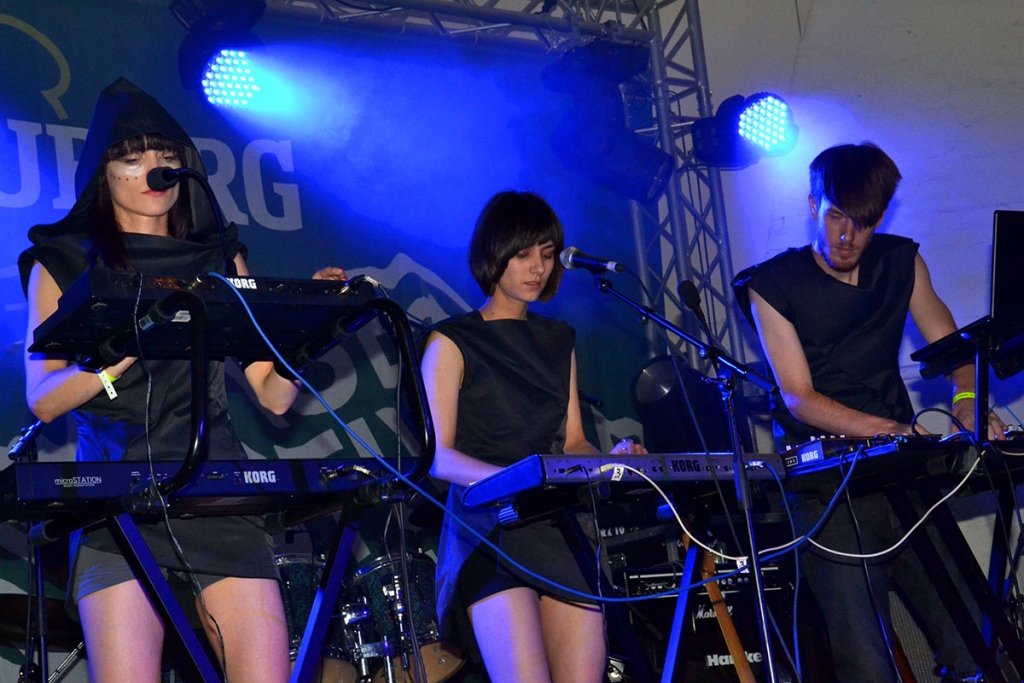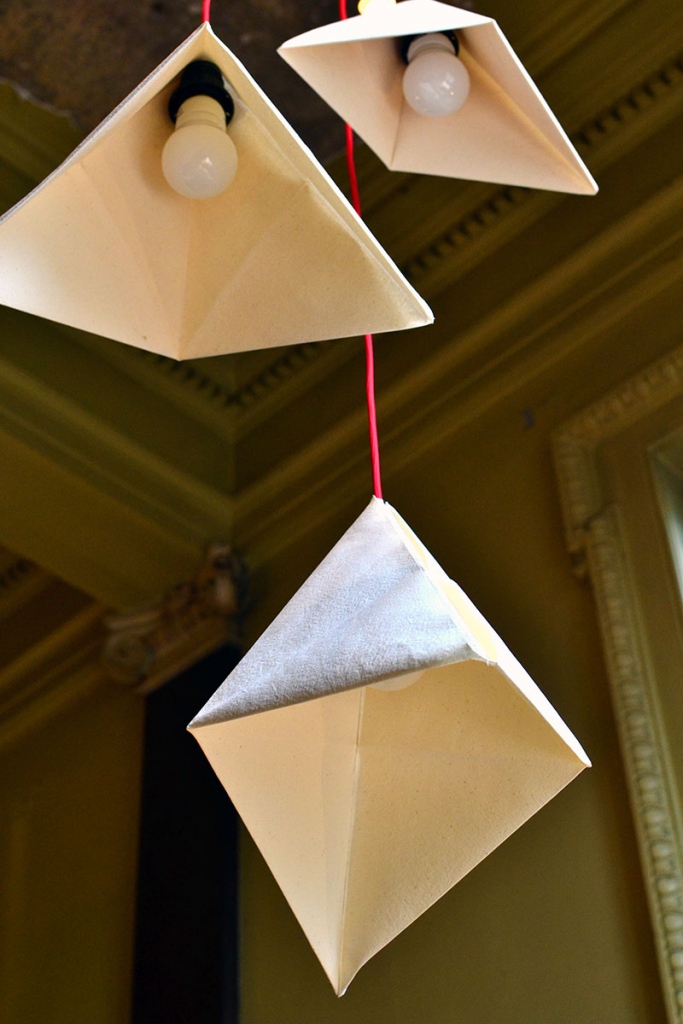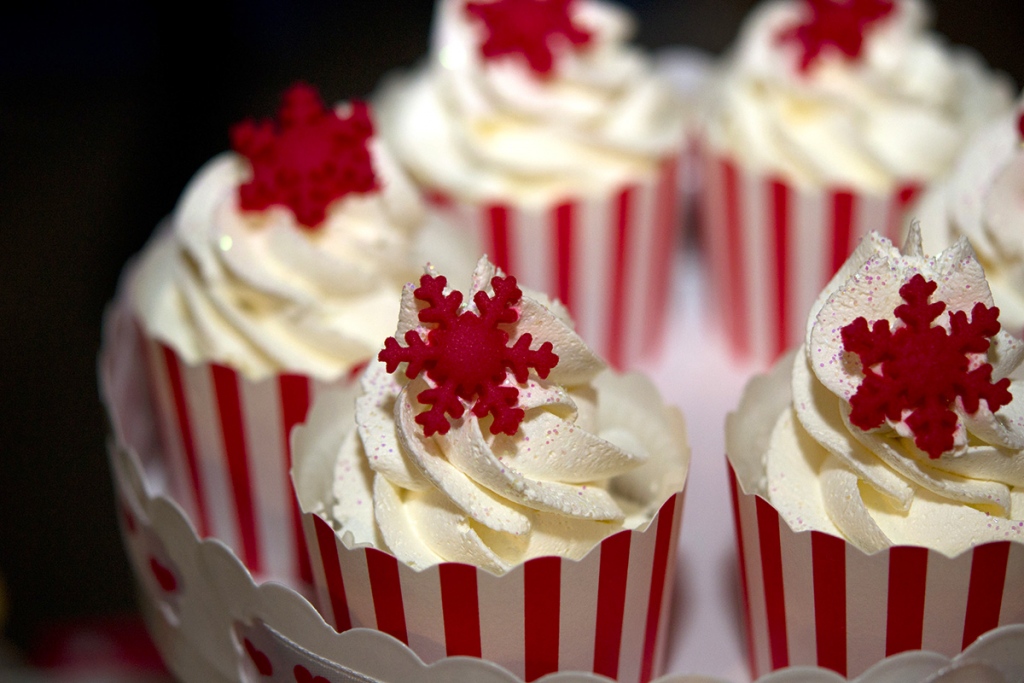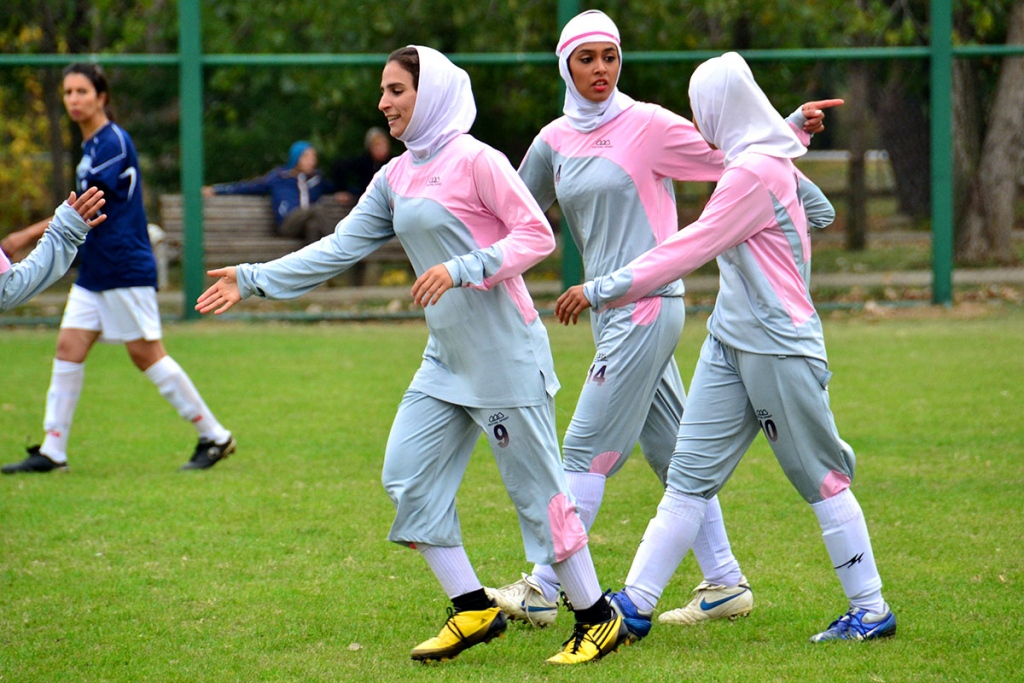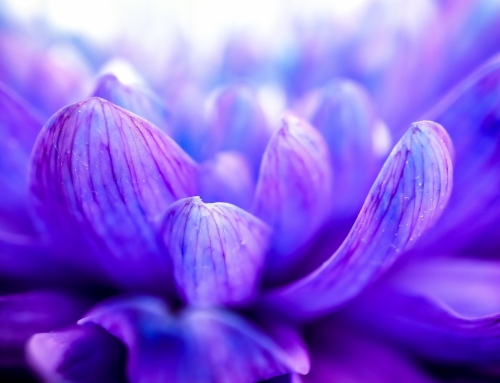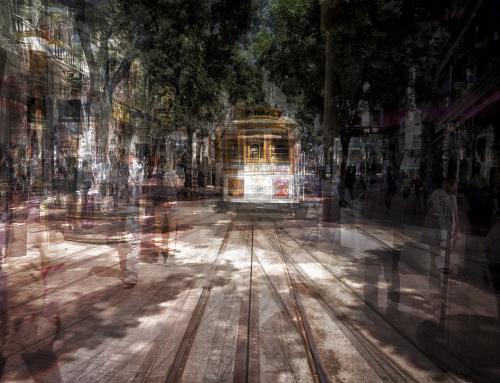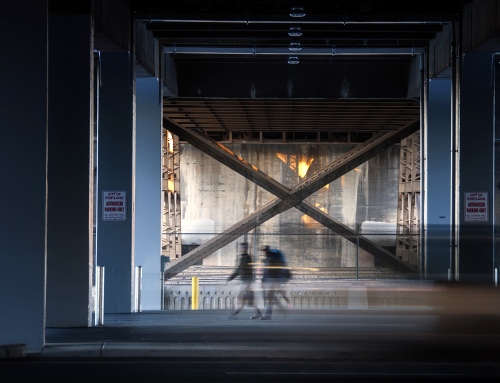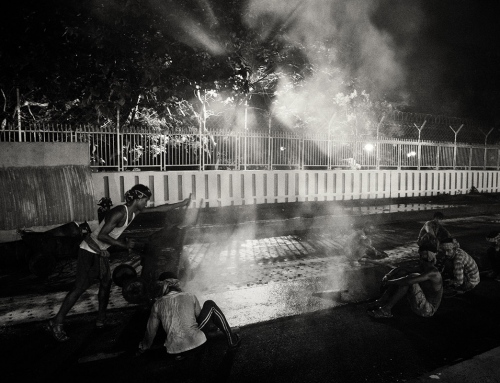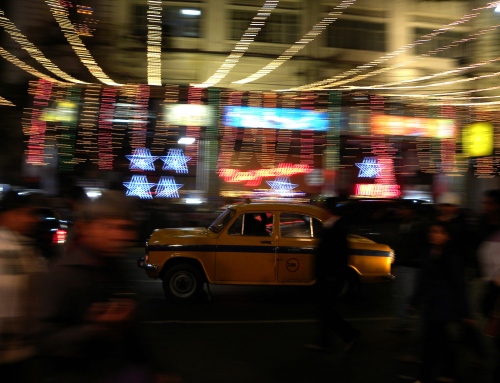One of the basic and simpler rules for composing a photograph is the rule of odds. Photographic composition is often left to chance. You see something interesting – you photograph it. There’s a split second of time left for you to make a decision, which is why photographers aren’t as free as painters or designers to invest a lot of time in thinking about how exactly to compose the objects in an image. That is one of the beauties of photography – the fact that it is so unpredictable and spontaneous. But if you get a chance to methodically approach photography and employ some tricks that will make your imagers even better, it can never hurt to learn some basics about composition.

Look at how the left composition appears static and steady, while the right one is more dynamic and interesting
When arranging objects in a photograph, one of the first things you have to decide is what number of objects will be included in the shot. Having an odd number of objects in your photo is a simple way of making it more dynamic. It’s pretty simple actually. When you have an even number of objects in an image, like two, four or six, the brain tends to pair them up, hence separating the image into pieces and making it harder for the gaze to flow freely. But when you have an odd number of objects in a photograph, there’s always something left over, and the middle thing comes more into focus. In photography we call that the rule of odds.
The rule of odds particularly works with smaller numbers of objects, like three or five. Having more than five objects in an image will usually make the brain perceive them as a group; for that reason, it makes it harder to focus on one particular object and the gaze scatters in a way.
Think about it like this: symmetry is pleasing and calming, but it also has a tendency to become boring. Having an odd number of objects creates more dynamic and flow. We like to break the rules, not everything has to be organized all the time, being playful makes life more fun and interesting.
The number three seems to be the magic spot that works the best in the rule of odds. Three objects in one image will create a triangular composition, and the eye will always be drawn to the middle one, while the other two work as support.
Similarly, with five objects usually there is a particular focus on one central figure, while others work kind of like back up dancers. Nevertheless, they all work together as a whole complete composition.

More than five objects per image is often translated to the brain as a group, and different composition rules apply
It doesn’t matter what the thing you are photographing is. It can be people, trees, flowers, oranges; the same rule of odds applies. Remember, the number of objects in a photograph is not the only thing that matters, and definitely not the only thing that will make your image interesting. But it is certainly a good starting point which can be developed into more complex shapes and forms as you develop your photographic practice. If you want to further advance your knowledge on how to use composition and color, check out our take on color theory.
